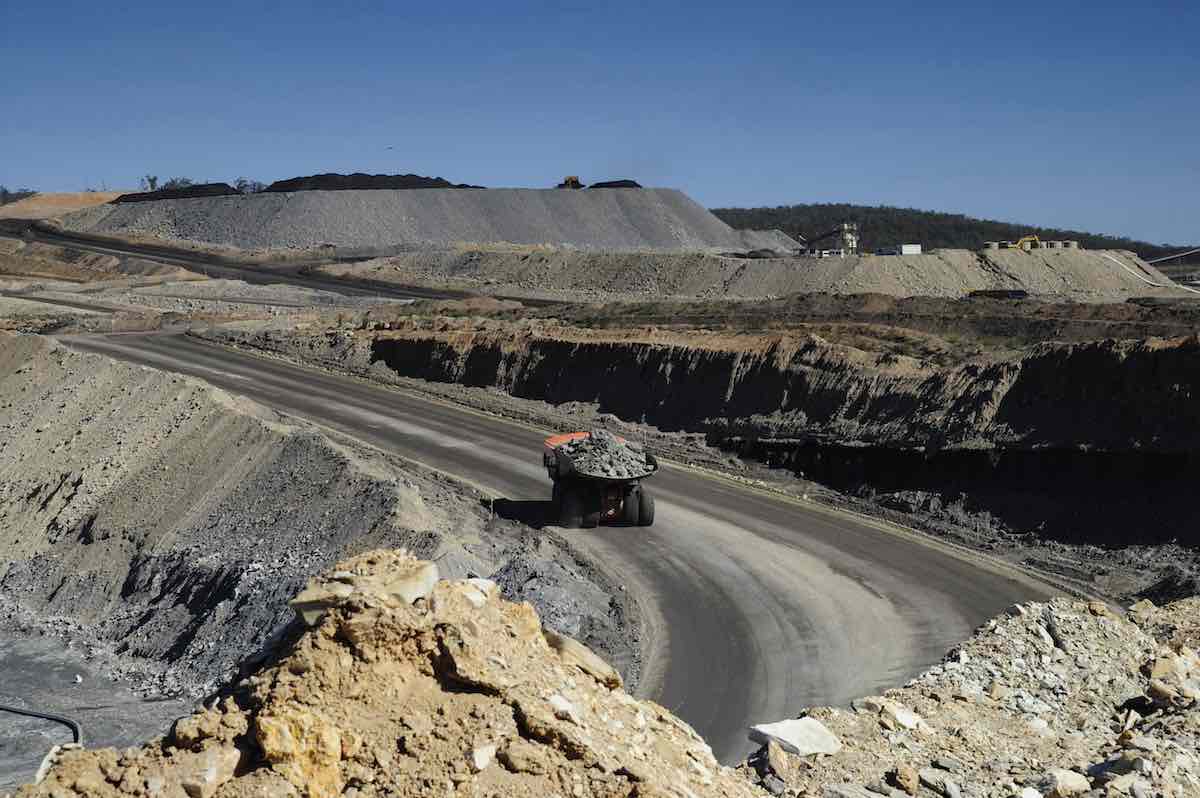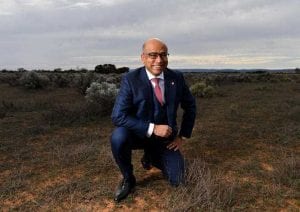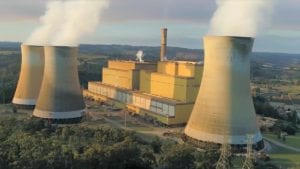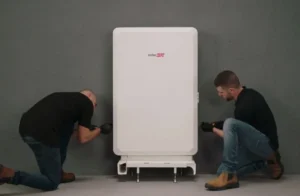While the Albanese government has pledged its support to reduce global methane emissions by 30% over the next decade, our analysis of Australia’s largest pure-play coal company shows that they are instead planning to double their methane emissions over the same period.
Whitehaven Coal currently operates four coal mines across NSW. According to company estimates, these coal mines emit an average of 34,000 tonnes of methane each year. This is because whenever you mine for coal, you release methane embedded within the coal seam.
As a result, these existing mines alone could have the equivalent short term climate impact of 61 million tonnes of CO2-e, which is close to the annual emissions of all of Australia’s cars, trucks and buses combined.
This massive short term impact is partly due to the molecular structure of the greenhouse gas. While methane doesn’t remain stable in the atmosphere as long as carbon dioxide, it traps far more heat per molecule, leading to a short-term warming impact that is 82 times more potent than carbon dioxide.
If you think of the greenhouse effect as a blanket that traps in heat around the world, think of methane like an electric blanket.
That is why the IPCC highlighted reducing methane emissions as one of the most critical short term steps the world can take to reduce the impacts of global warming.
But our analysis of Whitehaven’s future plans, highlights that the company is not only planning to significantly increase their rates of methane pollution, but they have no clear plans to mitigate these emissions.
In fact, Whitehaven is planning a number of mining extensions, and hopes to commence two new major mining projects by 2025. These include Winchester South, and the Vickery Extension Project.
If approved, the Winchester South mine would be Whitehaven’s first greenfield coal mine in Queensland. According to company estimates, it would also become one of the gassiest open cut coal mines in Australia, and could continue emitting methane well beyond 2050.
If these expansions proceed according to company estimates, this could lead to Whitehaven releasing up to 1.2 million tonnes of methane between now and 2050.
This would have a greater short-term climate impact than all of Australia’s annual transport emissions.
However, our analysis also found clear transparency gaps around Whitehaven’s existing methane estimates.
All of Whitehaven’s coal mines have estimated their methane emissions well below the average for their mine type in Australia, and Maules Creek and the Vickery Expansion Project have estimated methane intensities close to 200 times lower than what would otherwise be expected at their proposed depth for coal mines in Australia.
According to the Global Energy Monitor, which estimates coal mine methane emissions according to factors such as location, coal type and mine depth, Whitehaven’s cumulative methane emissions could in fact be up to five times larger by 2050.
While Whitehaven’s methane estimates are in line with Australia’s greenhouse and energy reporting scheme, these gaps highlight the clear need for far greater transparency, and publicly accessible verification of methane emissions across the coal sector, especially on open cut coal mines.
In their Sustainability Report last year, Whitehaven acknowledged that “Australia will need to introduce legislative and regulatory mechanisms that would eventually require us to reduce operational emissions.”
But so far they have neither set a decarbonisation target, nor a roadmap to net zero.
Last year, we outlined opportunities for Australia’s coal sector to reduce its methane emissions by over 75% by 2030, and we believe that Whitehaven has the potential to do the same.
But without clear and ambitious action to reduce their emissions, Whitehaven’s expansion plans could see the company double their methane emissions over the next decade, undermining the efforts of farmers, fire managers and the federal government to bring down Australia’s methane emissions.
Chris Wright is a strategic climate advisor – coal mine methane, at Ember










